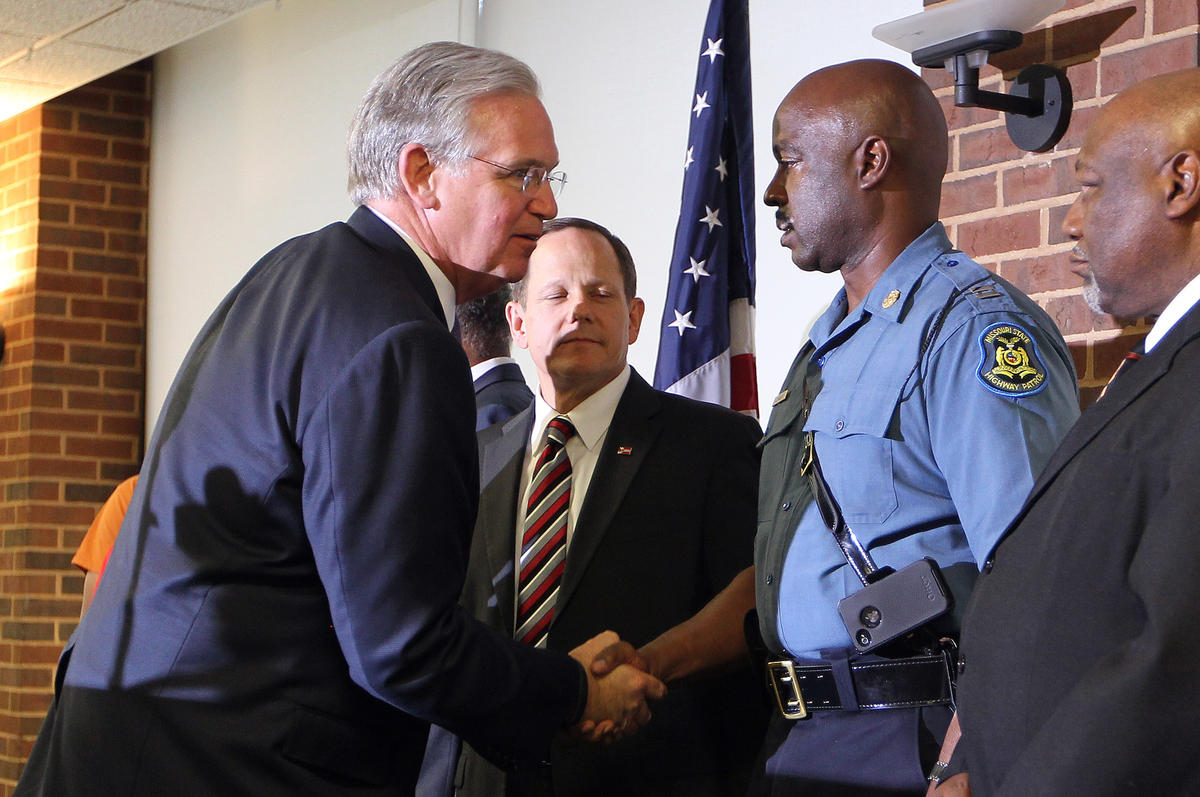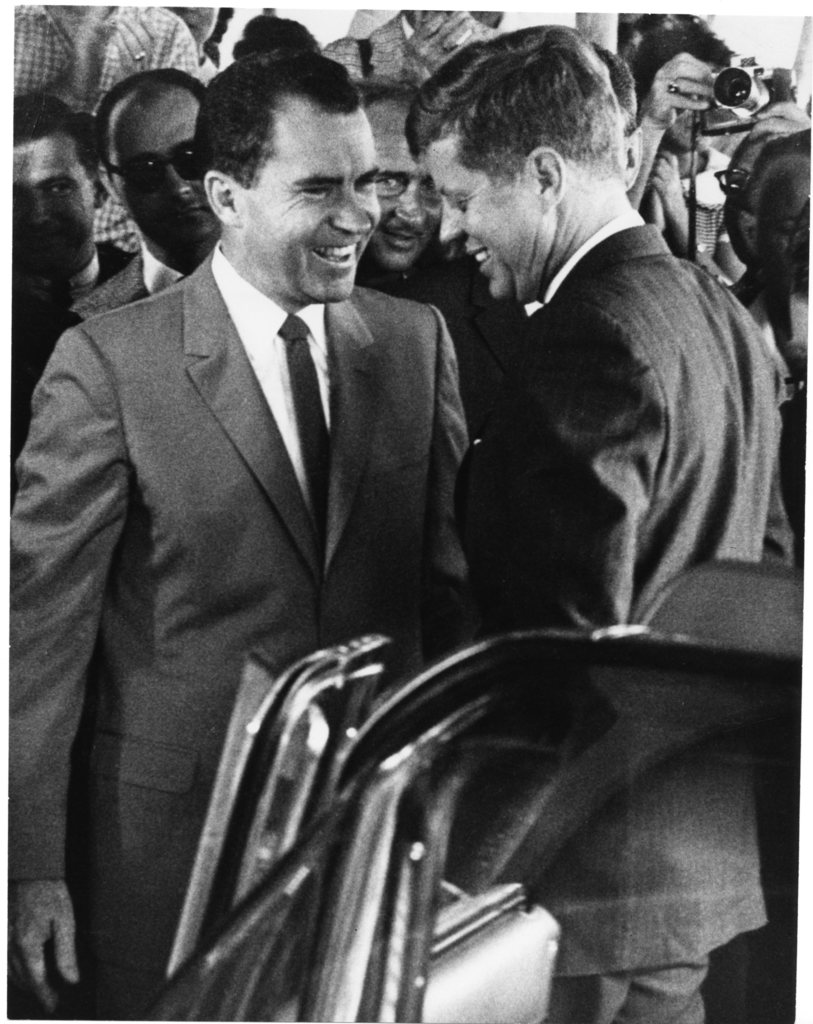
Arnold agreed to form two units of women who would help fly aircraft in the United States. The Women Airforce Service Pilots (WASPS) were civilians who flew stateside missions, chiefly ferrying planes from one location to another when male pilots were needed for combat roles. armed forces with the passage of the Women's Armed Services Integration Act of 1948.Ĭivilians aiding the military WASP pilots rode warplanes from factories to U.S. By 1948, however, women were finally recognized as a permanent part of the U.S. political and military leaders had decided not to use women in combat because they feared public opinion. As many as 543 died in war-related incidents, including 16 nurses who were killed from enemy fire - even though U.S. Women also enlisted in significantly greater numbers in the military, some of which who served as nurses near the front lines.ĭuring World War II, approximately 350,000 U.S. Others drove trucks, work as mechanics and radio operators, as well as providing vital logistical support for the soldiers. Many sought and secured jobs in the war industry, building ships, aircraft, vehicles, and munitions or other weaponry. With this added skill base channeled to paid employment opportunities, the presence of women in the American workforce continued to expand from what had occurred during World War I.

Among the most iconic images were those depicting " Rosie the Riveter", a woman factory laborer performing what was previously considered man's work.

Their services were recruited through a variety of methods, including posters and other print advertising, as well as popular songs. The image became iconic in the 1980s.Īmerican women in World War II became involved in many tasks they rarely had before as the war involved global conflict on an unprecedented scale, the absolute urgency of mobilizing the entire population made the expansion of the role of women inevitable.

American women participating in WW ll Rosie the Riveter (Westinghouse poster, 1942).


 0 kommentar(er)
0 kommentar(er)
